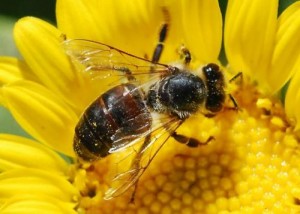On Friday, April 19 we picked up the package of bees we'd ordered. It included 3000 bees and one queen in a separate cage. It was cold with occasional snow flurries interspersed with rain, much too cold to install the bees. Saturday was spent installing bees. The weather was warmer, mid 50's, and sunny. For the past few months I've read books, magazine articles, watched DVD's and learned about bee keeping. In preparation, we tried a dry run to make sure we were prepared. By far the most comprehensive, easy to follow, step by step guide, was in Beekeeping For Dummies .
The night before we picked up the bees we made sugar water and added Honey B Healthy. This will be their feed until all the frames of foundation are drawn into comb and there's evidence that they're taking in nectar.
The queen cage was placed in between the center frames with a mini marshmallow plugging the cage opening. In a few days she'll eat it and escape. By that time the other bees will recognize her pheromones and accept her as their queen. If she hasn't escaped the cage within a few days we'll release her into the hive.
After the bees and frames were sprayed with sugar water Keith began shaking the box of bees into the hive. There were still a few stragglers clinging to the screen box so we placed it outside the hive, eventually the majority of the stragglers moved inside. The entrance reducer was put into place to help to control the temperature and prevent robber bees from entering the hive (no worries of robber bees yet, it's too cold).
The installation was a success, no one got stung and the bees were content. Watching them come and go from the hive has been fascinating. Hopefully the weather will break and nectar and pollen will be plentiful soon.
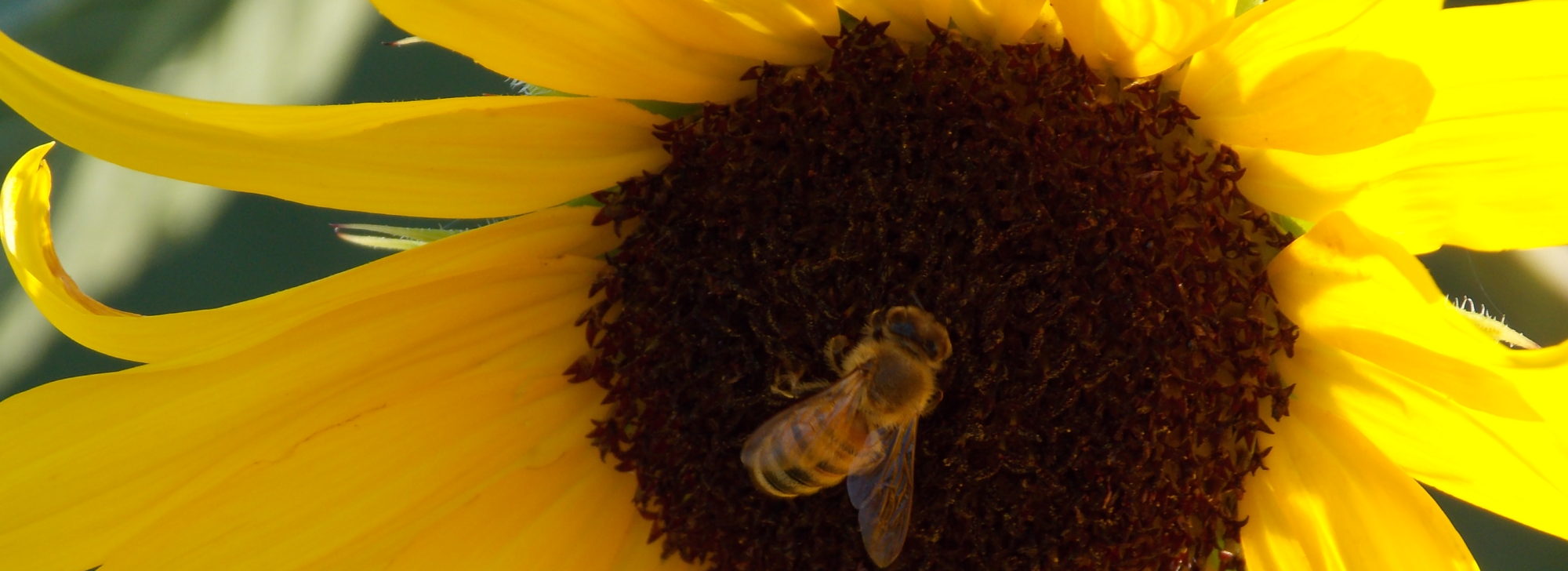
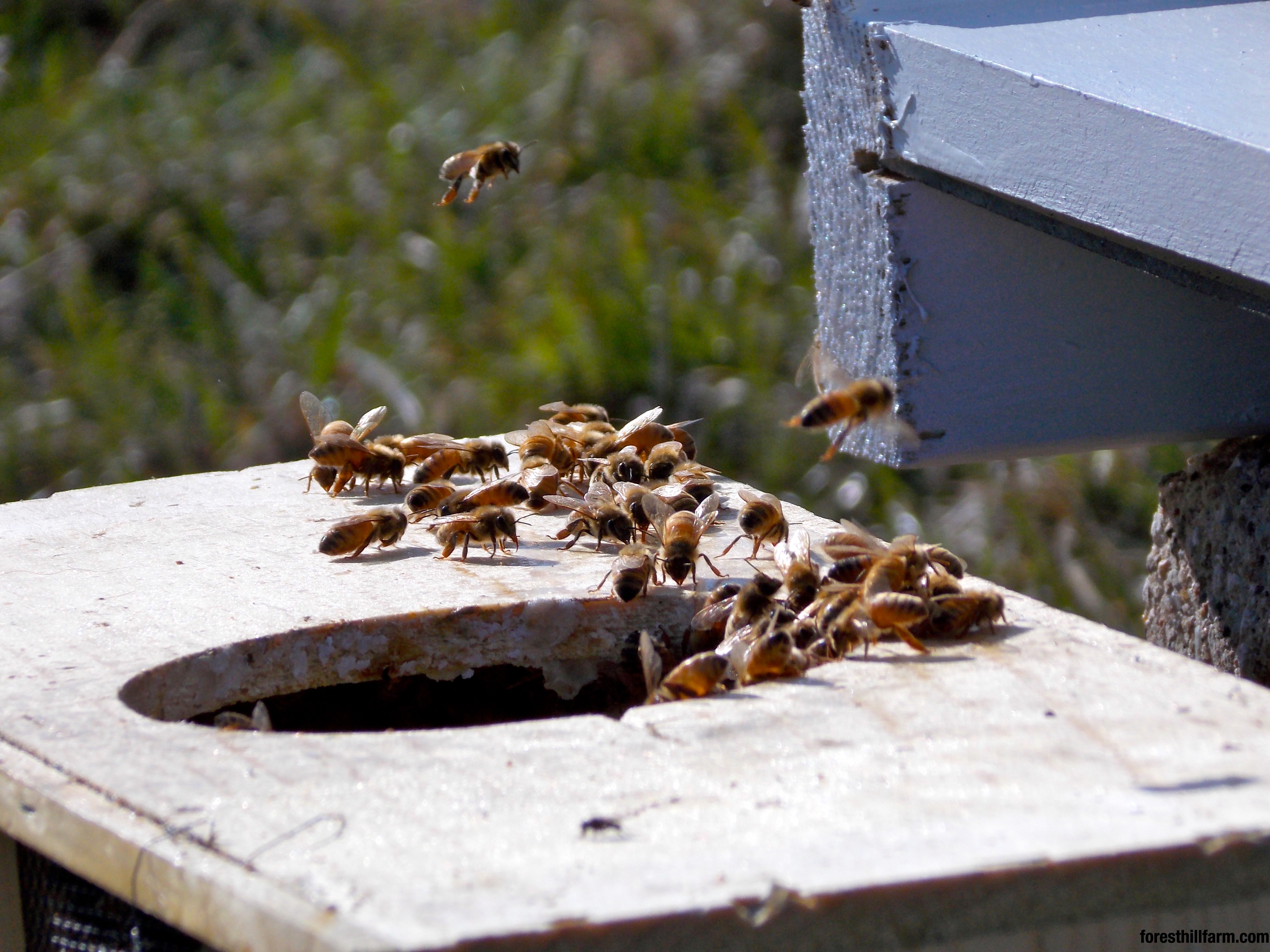

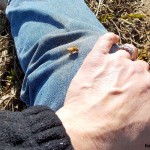
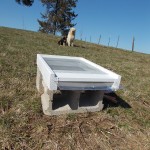

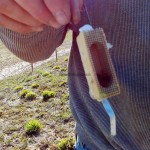
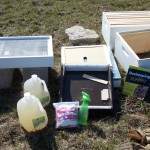
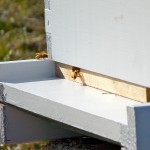

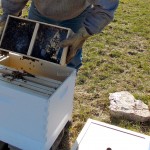
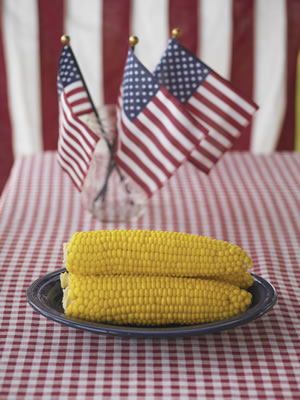 Dow AgriSciences announced the launch of Enlist corn which is resistant to 2,4-D. Dow expects the first sales of Enlist corn in 2013 with a planting date of 2014.
Dow AgriSciences announced the launch of Enlist corn which is resistant to 2,4-D. Dow expects the first sales of Enlist corn in 2013 with a planting date of 2014.